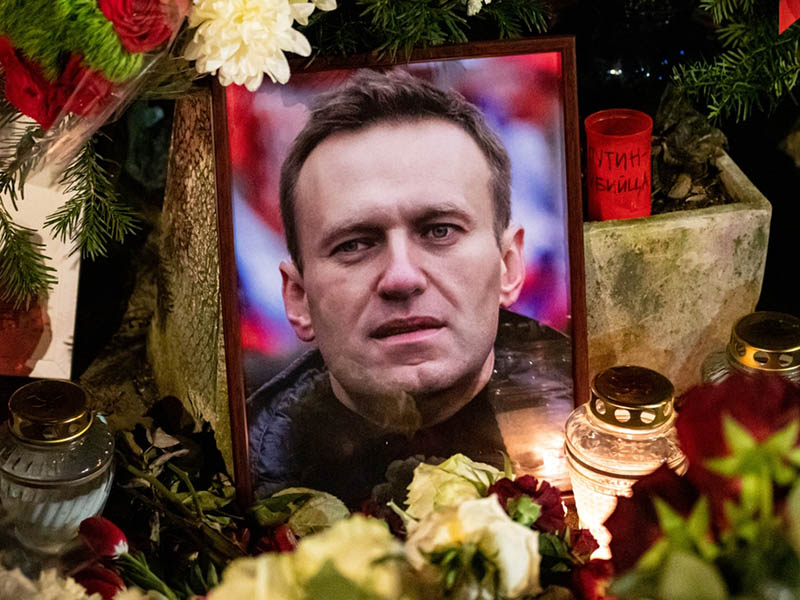by Howard T. Anderson

As noted in this section’s commentary on the Russia-Ukraine war, Alexei Navalny headed a Russian organization dedicated to exposing corruption among the country’s top leaders, including Vladimir Putin.
Navalny’s recent death under suspicious circumstances highlights the risks of fighting high level corruption and the close relationship between democratic institutions and effective anticorruption efforts.
On February 16, 2024, Russian prison authorities announced Navalny’s sudden death at the remote Arctic prison colony where he had been sent by Putin’s government. Navalny’s untimely demise at age 47 was widely seen as the murder of Putin’s leading political opponent, a perception lent credence by a previous botched attempt by Russian agents to poison him.
Navalny has rightfully been hailed as a champion of democracy who sacrificed himself to keep the hope of free government alive in a society steadily becoming more autocratic, repressive, and dangerous for critics of Putin’s regime. His extraordinary courage—he returned to Russia voluntarily to lead the political opposition knowing that he would be imprisoned and after Putin’s agents had already tried to kill him—will no doubt be a lasting inspiration to pro-democracy forces around the world.
While Navalny is a hero of democracy, he should also be remembered as a corruption fighter; indeed, exposing the massive corruption of Putin and his cronies was at the heart of Navalny’s political movement and brought upon him the wrath of Russian authorities. The Putin regime’s brutal and ultimately lethal harassment of Navalny highlights the close relationship between fighting corruption and maintaining strong democratic institutions.
Corruption and autocracy feed upon each other—both thrive in the absence of legal and political accountability. Autocrats exempt themselves and their allies from anticorruption laws, using them instead to punish dissidents, as Putin’s Russia did to Navalny. By exposing the Russian people to the corruption of their autocratic rulers, Navalny challenged them to do something about it—but that can only happen if the rule of law and restraints on government power are established through democratic reforms. Russians who respond to this challenge run serious risks; nevertheless, many are doing so as evidenced by the thousands who braved intimidation and intense government surveillance to pay their respects to Navalny on the day of his funeral. Meanwhile, the anticorruption work Navalny started continues from outside Russia through the Anti-Corruption Foundation (ACF) [www.ACF.international.com].
Citizens of still-stable democracies, who face far fewer risks when they blow the whistle on corruption or agitate for basic freedoms, can draw two important lessons from Navalny’s example: first, the sacrifices needed to keep an existing democracy reasonably healthy are minimal compared to what will be required to reclaim it from a corrupt autocracy; and, second, the work of preserving democracy and fighting corruption cannot be left to heroes like Navalny—a broad majority of ordinary citizens must want it to happen and support necessary institutions and policies.
Democracy, of course, does not by itself preclude corruption. Anticorruption laws can be inadequate, the will to enforce them subject to shifting political winds, and the institutions responsible for investigating and prosecuting corruption inadequately staffed and resourced. Within a democratic system, however, flaws like these can be publicized and corrected. As Navalny’s fate illustrates, once democratic processes have been surrendered to the whims of an autocrat, anticorruption becomes a cruel joke.
